Carinhall
Hermann Goering’s luxurious residence was located in the scenic Schorfheide on a promontory between the lakes Grosser Döllnsee and Wuckersee, about sixty kilometres north of Berlin. The first stage of Carinhall was built in 1933 and was in comparison to what it would become a smaller hunting lodge in timber. The interior consisted of various hunting trophies and adjacent to the lodge was also built an adjutantur. In 1937 Carinhall expanded and the original lodge was built into the new. It consisted of two wings, a main building and a courtyard. To his daughter Edda (born 1938) he built a castle in miniature. In 1940 Carinhall was expanded once again and plans were made to expand it further after the war and make it a museum (Hermann Goering museum) equipped with art in all its forms and would be ready just in time for Goering’s sixtieth birthday 1953. As late as January 1945, Goering was shown drawings of the proposed museum.
Carinhall became a grand residence, a miniature Versailles if you like, where Goering could hold court and impress prominent guests from abroad. Especially before the outbreak of war when Goering was at the peak of his career. Hitler, however, disliked Goering’s luxurious lifestyle and often made fun of Goering’s personal vanity. But he knew Goering was a good host and knew how to entertain and impress international guests. Hitler, on the other hand, was not nearly as comfortable in the role of host. Therefore he let Goering go on with his lavish lifestyle.
When Goering received guests at Carinhall, they were treated like princes while letting them understand who was number two after Hitler. The guests could either spend the day down in one of the bathhouses that Goering had built by the lake. Or they could play tennis, table tennis, gym excercise or watch movies in the cinema. Goering also had a gigantic railway model in the attic, which at the time was supposed to have been the largest in the world. But what was perhaps the highlight for the guests was when Goering arranged large hunting parties.
Goering had appointed himself the selfmade title, Reich National Hunter, and participated in several hunting parties. Goering had implanted deer in the area in order to hunt. The pet lion cubs that Goering had also attracted a great deal of interest. When they became adults, they were placed in the Berlin Zoo and replaced with new puppies. The halls of Carinhall were adorned by one grand hunting trophy after another. During the war, Goering came to decorate Carinhall with looted art objects from large parts of Europe. When the Japanese foreign minister Matsuoka visited Carinhall in 1941, he got the impression that it was more like a museum than a home.
The name Carinhall probably has two origins. Carin comes from Carin von Kantzow (born Fock). She had met Goering in Sweden in 1920 and they fell in love with each other (see Rockelstad Castle). Carin came to be a supporter of the Nazi movement over the years, but she never got to see Hitler come to power because she died in October 1931, just a few days before her 43th birthday. The word hall that followed Carin probably comes from the Nordic mythology Valhall, which according to mythology is the place where the fallen warriors come after death.
Carin was buried in Sweden, but in 1934, with Carin’s family’s approval, Goering had her remains transferred to a majestic crypt at Wuckersee next to Carinhall. Only Goering had access and he often went there to mourn. In fact, Carinhall became one big memorial dedicated to Carin. Carinhall was not the only thing that Goering named after his first wife, but he also had two luxury boats named Carin I and II. After his second wife, Emmy Sonneman, Goering named his hunting lodge in Rominten, East Prussia, Emmyhall. But it could not measure up to Carinhall just as Emmy could not be measured with Carin.
Goering left Carinhall for the last time on April 20, 1945, to travel to Berlin to attend Hitler’s (last) birthday. Goering understood that he would not return to Carinhall any more and had all the treasures transported to his residence in the Bavarian alps. He also ordered Carinhall to be prepared to be blown up as the Soviet Red Army approached, which occurred on April 28, 1945. Carinhall was more or less completely destroyed and the remaining ruins were destroyed in the early fifties. Schorfheide and Carinhall ended up in the East Germanny after the war, and the area around Carinhall was forbidden to enter until the fall of East Germany in 1990.
Current status: Demolished (2013).
Location: 53° 0' 31" N, 13° 38´11" E
Get there: Bil.
Follow up in books: Willi, Frischauer: Goering (1950).
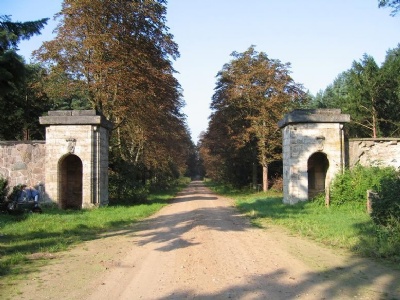
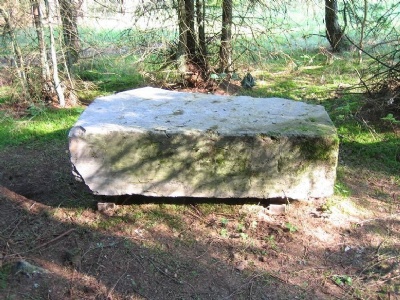
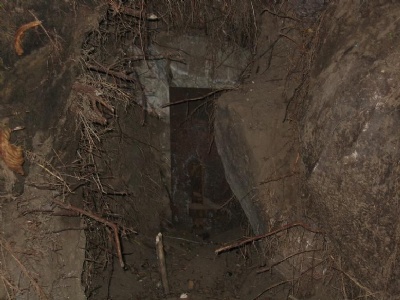
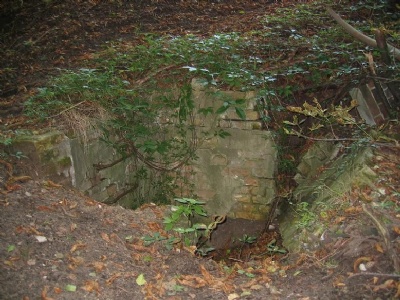
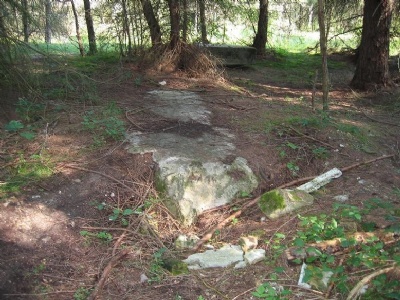

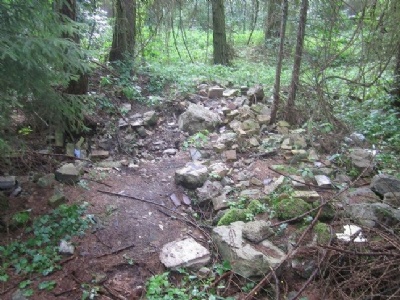
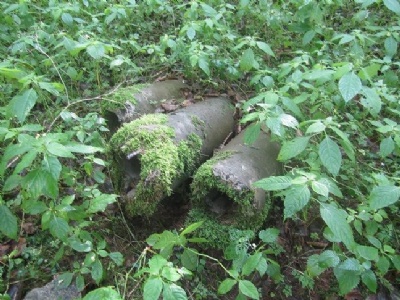
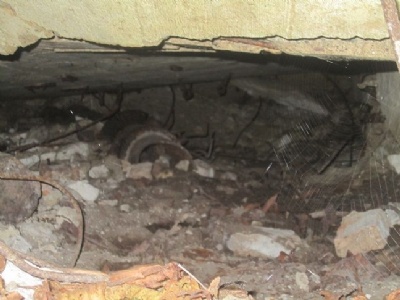
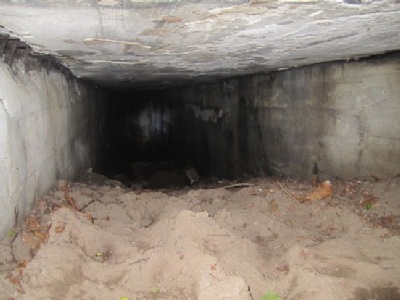
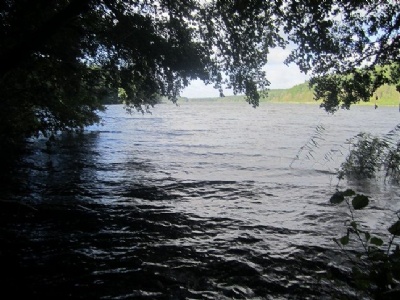
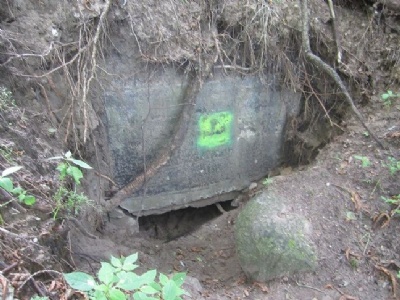
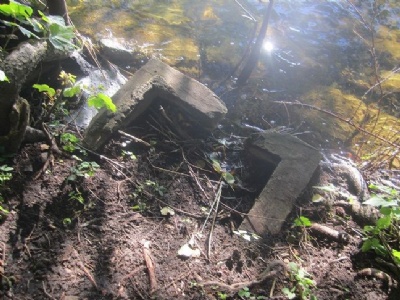
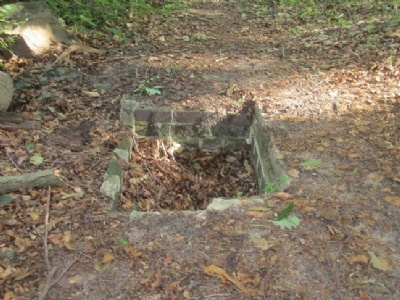
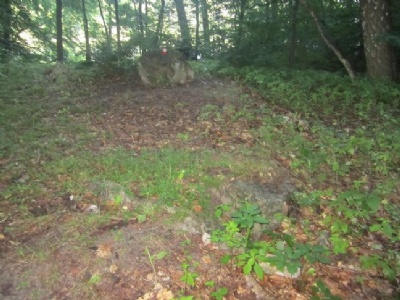
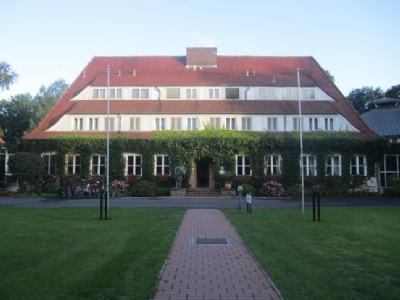
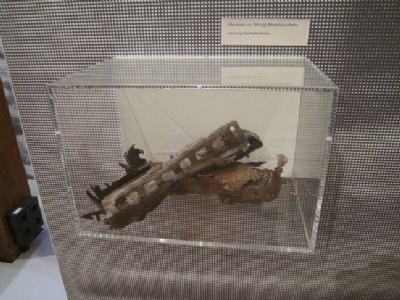

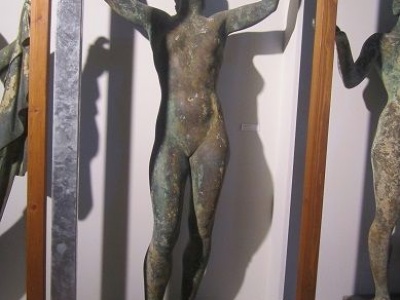
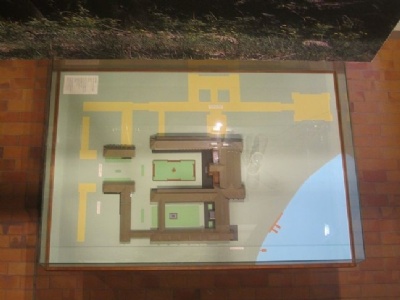
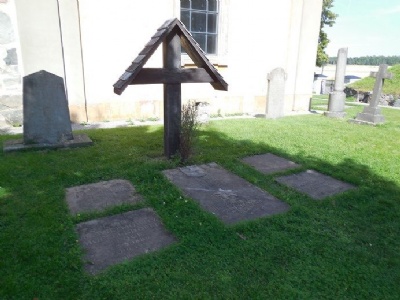
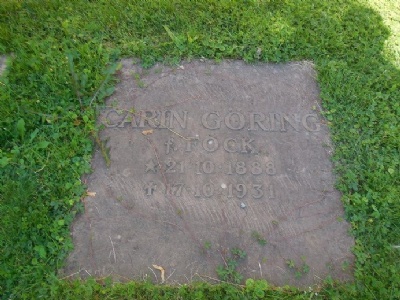
What’s left of Carinhall is a lot of mortar, bricks, rebar and other debris that is scattered around the area. This makes it difficult to orient yourself on the site because you really don’t know where you stand. The exceptions are two sentry boxes that still stand at the main entrance to Carinhall, but these are about a kilometer from Carinhall and were not part of the main building. Of Carin’s crypt, nothing remains except a little mortar and various debris. Carin’s crypt is still there under ground but completely destroyed. But it is not really what is above ground that is interesting, the interesting is what is below ground.
Beneath Carinhall, a number of basement walkways and rooms were built that are still in good condition. After the fall of the wall, they quickly became the subject of myths about treasures that were said to be hidden under Carinhall. Therefore, treasure hunters came in numbers to the site to look for something that wasn’t there. The only valuable objects found at Carinhall are five bronze statues that the East German authorities had salvaged from the lake Grosser Döllnsee in July 1990. These are now at the Jagdschloss museum in Gross Schönebeck about ten kilometres south of Carinhall. This is an extremely interesting museum and a large part of the museum is about Goering and Carinhall. Among other things, there is a model of Carinhall and objects found at Carinhall.
For those who want to go underground, there is only one entrance and it is via Goering’s private bunker down at the water’s edge. It is more or less blocked by a lot of soil, but there is a small opening for the venturous one to squeeze through. But if one is the slightest claustrophobic or hesitant one should stay on the outside, it is not worth the risks. In addition, it is cold, humid, full of debris and occasional home of bats. If you still choose to go inside, you should have rough clothes and two flashlights if one stops working, it is namely completely pitch black down there.
If you are far in, it can be extremely problematic to find your way back. In addition, for those who enter for the first time and have no previous experience, it may be good to have someone on the outside in case. Personally, I chose to stay on the outside as I was alone and did not feel it was worth the risk. But certainly it would have been interesting with a flashlight to look through the aisles, but it may be some other time and until then, I have to settle for all the videos posted on Youtube.
As for Carin’s grave, it was also destroyed and where the coffin with her remains went, no one knew. At the beginning of the fifties, remains of a body believed to be Carins were found, which were then returned to the family grave at Lovö church, Ekerö, Sweden. But in 1991 treasure seekers near Carinhall found a zinc coffin with human remains, whose remains it could not be determined by the technology of the time. Only in 2012 it was possible to establish that it was Carin’s remains. These were returned to the family grave at the Lovö church. Who the previous remains belonged to remains unknown, because Carin’s family had them cremated.